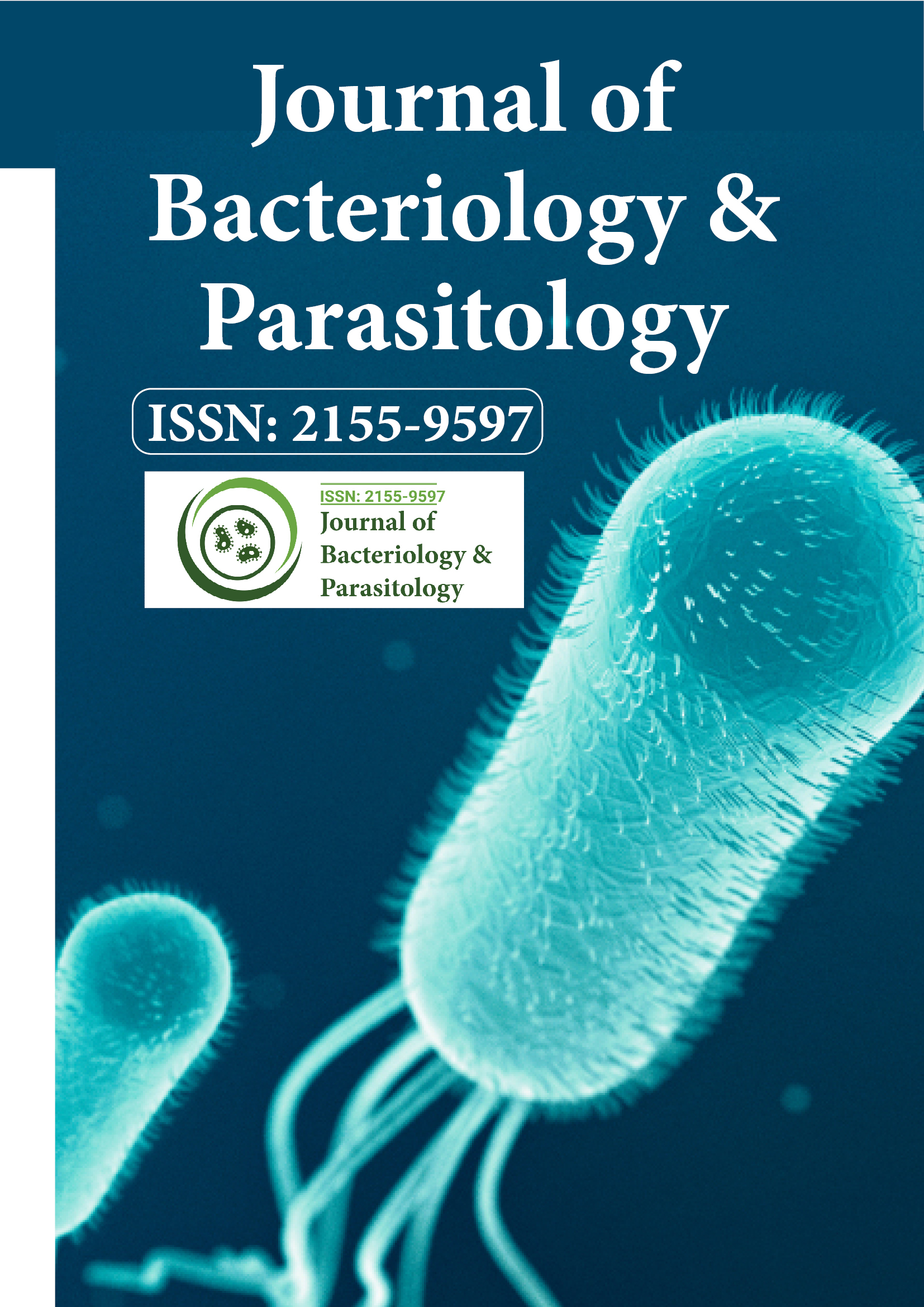Indexed In
- Open J Gate
- Genamics JournalSeek
- Academic Keys
- JournalTOCs
- ResearchBible
- Ulrich's Periodicals Directory
- Access to Global Online Research in Agriculture (AGORA)
- Electronic Journals Library
- RefSeek
- Hamdard University
- EBSCO A-Z
- OCLC- WorldCat
- SWB online catalog
- Virtual Library of Biology (vifabio)
- Publons
- MIAR
- Geneva Foundation for Medical Education and Research
- Euro Pub
- Google Scholar
Useful Links
Share This Page
Journal Flyer

Open Access Journals
- Agri and Aquaculture
- Biochemistry
- Bioinformatics & Systems Biology
- Business & Management
- Chemistry
- Clinical Sciences
- Engineering
- Food & Nutrition
- General Science
- Genetics & Molecular Biology
- Immunology & Microbiology
- Medical Sciences
- Neuroscience & Psychology
- Nursing & Health Care
- Pharmaceutical Sciences
Efficacy of single dose albendazole and praziquantel drugs among helminth infected school children at rural area of Bahir Dar, Northwest Ethiopia
5th International Conference on PARASITOLOGY & MICROBIOLOGY
July 12-13, 2018 Paris, France
Ashenafi Genanew
Bahir Dar University, Ethiopia
Posters & Accepted Abstracts: J Bacteriol Parasitol
Abstract:
Background: Geohelminthic and Schistosoma mansoni infections are the major causes of mortality and morbidity in Sub-Saharan countries. Periodic administration of anti-helminthic drugs is the most widely implemented controlling method though resistance of antihelminthic drugs makes helminth control difficult. Objective: The aim of this study was to assess the efficacy of single dose albendazole and praziquantel drugs among helminth infected children. Methods: A cross sectional study was conducted from May, 2017 to June, 2017. Stool examination was done by Formol-Ether Concentration Technique. Students infected with geohelminths and Schistosoma mansoni were treated with single dose of albendazole and praziquantel, respectively. Post treatment stool examination was done after two weeks. The data was analyzed using SPSS version 20 statistical software. The magnitude of parasite infection, percentage of egg count reduction and cure rate following treatment were calculated using descriptive statistics. Results: A total of 409 Sebatamet Primary School students were included. The total prevalence of intestinal parasitosis was 232 (56.7%). Hookworm (41.3%) was highly prevalent followed by Schistosoma mansoni (12.2%) and Entamoeba histolytica (10.3%). The cure rate of albendazole against hookworm was 76.8%. Praziquantel had a cure rate of 91.4% against Schistosoma mansoni among school children. The cure rate of both albendazole and praziquantel drugs among hookworm-Schistosoma mansonicoinfected cases was 81.3%. Albendazole had low cure rate among hookworm infected children but praziquantel had a very good cure rate among S. mansoni infected children. The cure rates of both drugs are good. Therefore, period evaluation of the efficacy of antihelminthic drugs should be done.

